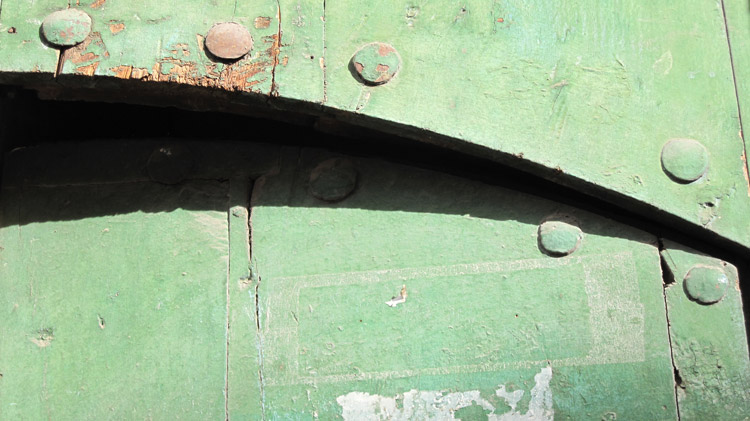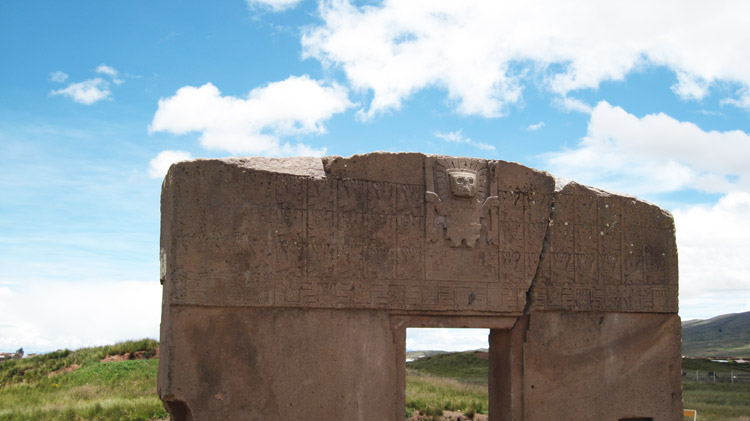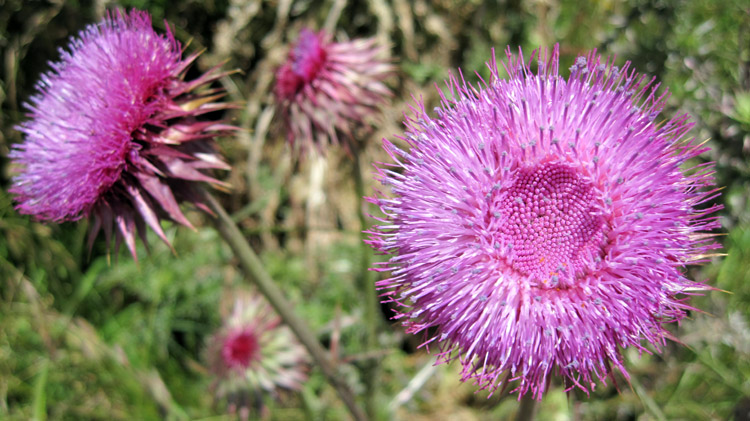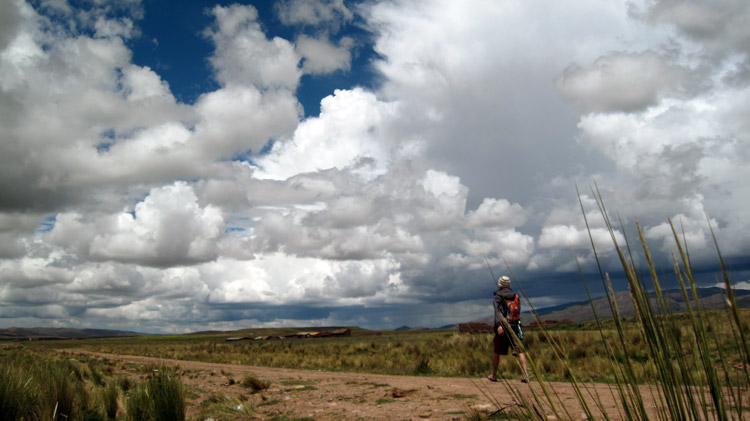With startled imagination, I managed to haul myself from Lago Verde near the Chilean border through inhospitable southern Bolivia back to La Paz in 26 straight hours of bumpy buses. This was no easy journy as the roads are non-existent; however, visiting the far remote regions of the Salar de Uyuni was well worth the trouble. I had resolved to visit Bolivia based on hints of its remote beauty, but what I found was much more amazing than any imagination could have conceived. The last three days have been spent with like-minded strangers thundering over the desert high plateau of beautifully pristine and forbidding land in a 4WD vehicle at upwards of 16,000 feet. Rarely can one ever see landscape so varied and wide, land so remote and inaccessible except to the very adventuresome. The itinerary is worth mentioning briefly, though words will fail to give any adequate detail of each location. My only regret now is I won’t have time enough to document the experience properly; even then, this is mere formality to an unparalleled experience that has already seered into memory.

From Uyuni, I set-out with a local driver leading our group of 6 – three British boys, a French and Brazilian lady each, and myself – on a journy of a lifetime. First visiting the Salar salt flats that seem to mirror heaven, then to see the train cemetary, pass too many lagoons to remember, picnicked on volcanic rocks, then saw hundreds of flamingos, gazed at unspoiled dunes, walked over volcanic geysers, bathed in hotsprings, and hiked up impossible rocks before driving 12 hours straight across the desert to return to Uyuni. In a word, unbelievable!!!
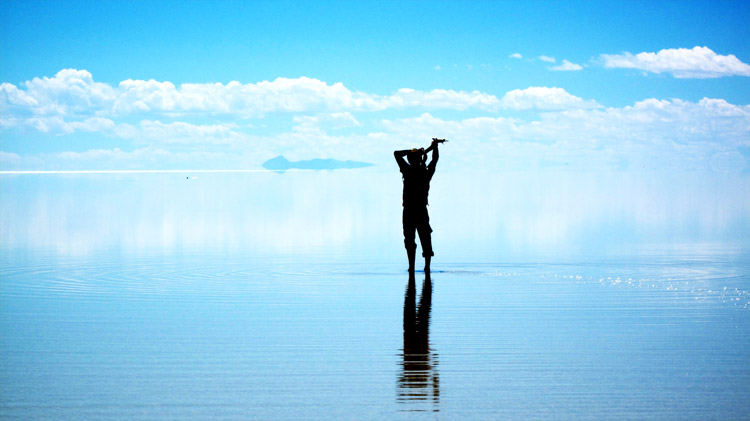

Most mesmerizing experience was the walk out into the salt flats at the Salar, where heaven mirrors earth and the sweeping winds blow you off balance. It is at once so eerie and beautiful that there is nothing like it on this wide earth; sadly, this picture can not even offer a glimpse into the reality of being there.

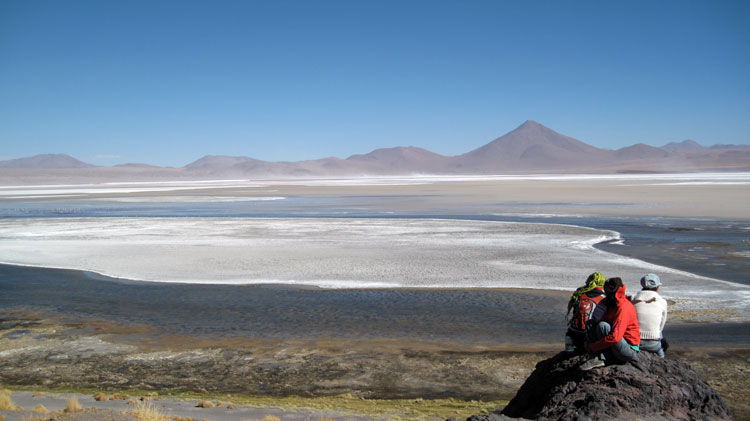
More amazing, the last night on the Salar at Lago Colorado witnessed a site so wonderful that I scarce forget. At some 15,000 feet on a cold night, the sky laid bared without a hint of cloud overhead. In this remote darkness and thin atmosphere, the stars shown brighter and denser than I´ve ever seen. The Milky Way arched over the open plane. In the far distant east horizon, an electrical storm flashed incessantly for hours in the stark of night. All the while, random shooting stars can be seen trailing across the sky. Such are the stuff of dreams.














